Cuteness in the States:


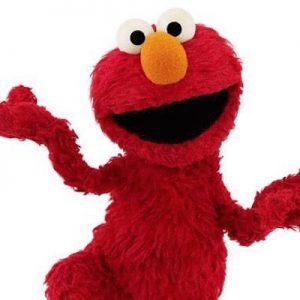

Cuteness in Korea:

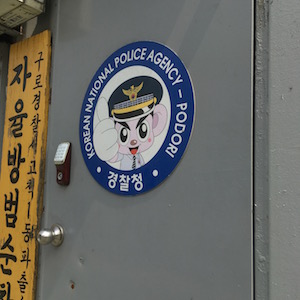
American vs. Korean cute
Puppies, babies, Elmo, and animal cupcakes traverse the range of cuteness in North America. The Korean examples span public transportation, the police, construction signage, and presidential campaigns. This is a world of cuteness far more expansive than can be found in the U.S.
The green-clad street team with Dooly the Little Dinosaur was part of the recent Korean presidential election. Can you picture a rally for the Clinton or Trump campaigns with American flags, red caps, pantsuits, and SpongeBob SquarePants?
While there are niche exceptions of American cute that veer from wholesome adolescence, such as Louise Belcher on Bob’s Burgers and a personal favorite, Nihilisa Frank on Tumblr, Americans, by and large, restrict cute to childhood and things that are not to be taken seriously.
In sharp contrast, cuteness in Korea knows no bounds. Though striking to my American eyes, advertising products and services for grownups with cartoon characters is perfectly normal for Koreans.
In the brief period leading up to the election, I would see the same row of 15 campaign posters, one for each of the registered candidates, nearly everywhere I went. There was one that may have stood out in particular to most Koreans.
No, it wasn’t #6 with the bear in a t-shirt.
It was #15 with his facial hair! Was he trying to lose?
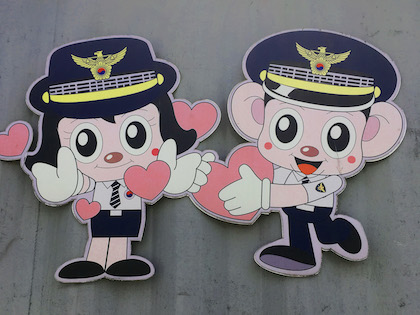
Cute and serious are kept in mutually exclusive areas of the American mind. Mixing them would send a conflicting message. Because cute is culturally specific, what works within one culture may be completely off the mark in another. Seeing Seoul through my American lens brought this to my attention and it should be no surprise that there is a burgeoning field of inquiry dedicated to “cute studies,” though it is largely centered on Japan, the nation most closely associated with what one might describe as a cult of cuteness.
Japanese cute: kawaii and Gudetama
A Vox article on Gudetama, an egg yolk with a butt crack who personifies depression, gives a plausible explanation as to why different societies have adopted different concepts of cute. It explains the fragmented and complex notion of kawaii (cute) in Japanese culture in comparison to the more basic American version.
Here’s an excerpt:
Cuteness is a reaction. In Japan, the kawaii culture and concept is often linked to the country’s post-WWII years. The idea is that because of its trauma and defeat, the country leaned into its vulnerability — with vulnerability becoming a crucial element in the basic definition of kawaii.
… though Gudetama has been popular in Japan since it was first introduced, it’s really begun to find its American audience over the past year or so. That lines up with a period that many Americans believe was one of the worst in recent memory.
Between school shootings, bomb threats, police brutality, and resurgent white supremacy, Americans, too, may find comfort in a growing collection of cute and cozy icons to help us deal with an unrelenting and unsafe world.
Who can’t relate to feeling overwhelmed and wanting to crawl into a shell, at least once in a while?
Range of emotions
While I don’t know how many parallels exist between the Japanese and Korean sense of cute, I certainly see mascots in Korea that deviate from an association with happiness. These are mentioned in this astute PRI article on Japanese cuteness. An excerpt:
Many Japanese mascots will express emotions that Western mascots would not. In the West, mascots are used almost exclusively to cheer people up. In Japan, they’re often used to get a point across or act as mediators in situations where you wouldn’t want to express yourself directly.
Mascots serve as blameless mediators and tension breakers of conflict in Japan. So a mascot that isn’t happy? That’s very familiar to the Japanese.

The chasm that exists between Korean and American cuteness is also visible on the messaging platforms we use. When I’m on iMessage or Facebook instead of the messaging app, KakaoTalk, used by practically everyone in Korea, I feel as though I’ve lost a chunk of vocabulary. The Kakao emoticon stickers are very cute and yet they depict a vast range of emotions and nuance from “I feel like punching myself in the face” to “Is it hot in here or is it just me?” and much, much more. By comparison, the standard emoji/sticker sets in messaging platforms popular stateside are relatively flat and one-dimensional.
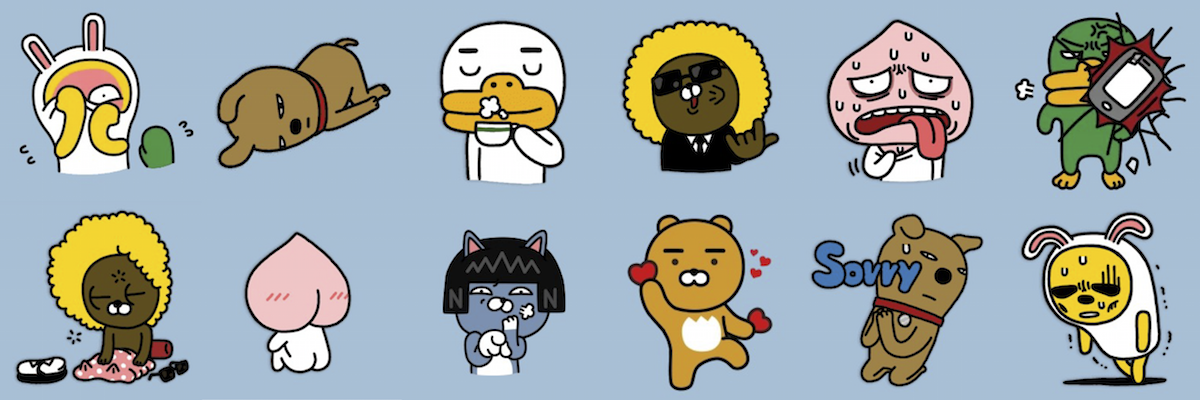
Do you need an affordable way to improve your brand today?
Because we know that not everyone needs or can afford our full process, we created a guided tutorial package for our foundational brand strategy tool: the Brand Pyramid. Watch the video for a preview.
For more information on the brand strategy tutorial, visit here where you will find a fuller explanation and link to a free download of the first video.
Image credit: Puppies, baby feet, and cupcakes are public domain (CC0). Elmo Branded Image by Nonprofit Organizations under CC BY 2.0/Cropped from original. Collection of Kakao emoticons from KakaoTalk. All other images taken by author.


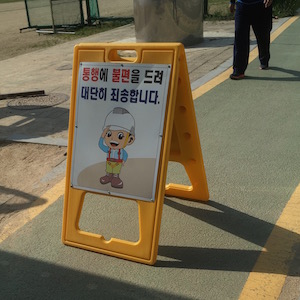
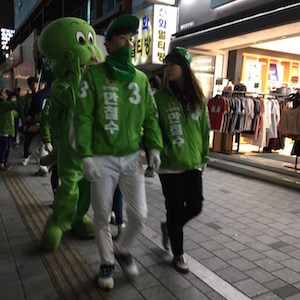
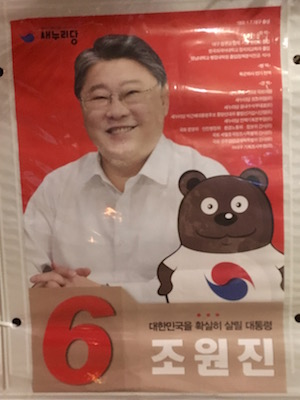


Ask for help.
We are kind, thorough and ready when you are. You just need to ask.